
In August 1947 by the Decision of the Soviet of Ministers of the USSR the Resolution on the creation of the nuclear test site or so called “training ground № 2” was adopted. Territory which is 140 kilometers West from Semipalatinsk city was chosen for the construction of the test site. This place is surrounded by low mountains from the South, West and North and distant from major settlements. There were airport, railway, and river transport on the Irtysh River. Proximity to nuclear industry of the Southern Ural was taken into consideration as well. Management of the nuclear site was entrusted to I.V. Kurchatov. L.P. Beria, Minister of Internal Affairs of the USSR, was the Head of the project from the party of the state.
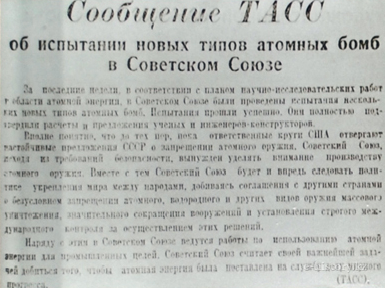
Nuclear tests were carried out here during 40 years. On October 18, 1951 the first Soviet aviation atomic bomb was tested by dropping it from aircraft. On August 12, 1953 the first in the world hydrogen bomb with 500 kiloton yields was tried. In August 1953 thermonuclear machine was tested; in 1955 the USSR tried the bomb created by A. Sakharov. In 1949-1989 470 different nuclear plants were exploded within the test zone, including 90 bombs in the atmosphere, 26 – on the ground and 26 – under the ground.
Approximately 50 nuclear bombs were exploded at the atmosphere and under the ground at the Semipalatinsk test site during 1961-1962. In 1963-1988 14-18 tests were carried out every year, 343 nuclear explosions were conducted under the ground in total. These explosions affected the environment as radioactive sediments were moved by the wind from epicenter. Radiation levels at the places of nuclear tests ran up to 448 rem. The total yields at the Semipalatinsk nuclear test site was 2,5 thousand times more powerful than the bomb dropped on Hiroshima.
Territory of nuclear test site. Total area of the Semipalatinsk test site was 18000 square kilometers. It embraced the territory of Abyraly district, former Semipalatinsk region as well as some areas of Pavlodar and Karaganda region.

I.V. Kurchatov, creator of the Soviet atomic bomb.
Igor Vasilievich was born on January 12, 1903. He was the first Director of the Institute of Atomic Energy in the USSR. Since 1943 Academician of the Academy of Sciences of the USSR. Hero of Socialist Labor (thrice). Died in 1960 in Moscow.
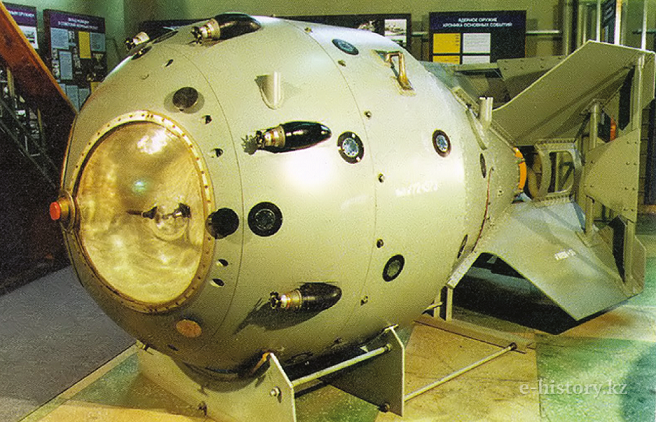
On August 29, 1949 at 6.30 a.m. without any notifications the first explosion with the capacity of 30 kilotons was made in Abai and Abyraly districts. H-bomb RDS-1 was tested.
The list of the dead stayed in Karauyl settlement at the time of the test in 1953.
Concrete walls witnessed the nuclear test. Some of them did not survive and melted down.
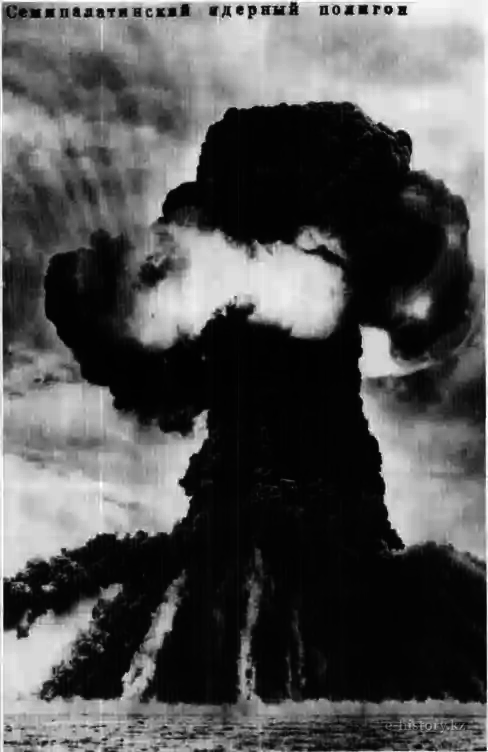


Famous “mushroom clouds” created by nuclear explosion.
On August 12, 1953 the yield of the bomb at the Semipalatinsk test site was 480 kilotons. Red radioactive gases appeared after the explosion lifted up to the height of 16 kilometers. After the tests over a radius of 10 kilometers wildflowers shone with blue light during several days.
Place where underground tests were carried out.
Every year 14-18 nuclear explosions were made here. As a result of the test Degelen mountain became a pile of rocks. After each third explosion radioactive gas appeared under the ground. On February 12, 1989 during the regular planned tests in one of the caves nuclear yield with the capacity of more than 70 kilotons was exploded. As the result of this explosion during the next several days radioactive gases came out of the cave.

“Craters” appeared after nuclear tests.
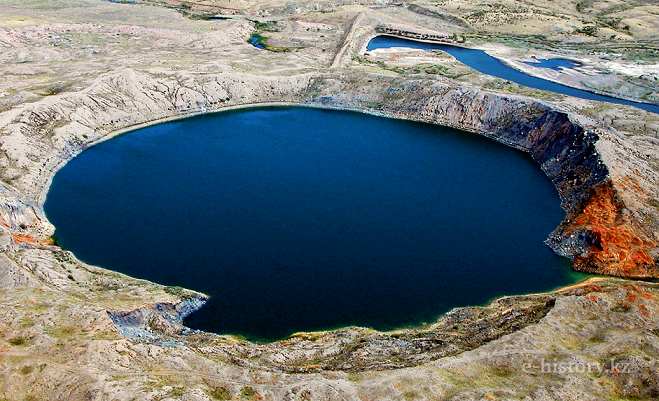
In January 1965 after the regular explosion 2,5 million cubic meters flew up. The aim of this test was the creation of artificial water storage basin in the form of the mirror. The diameter of the surface of this reservoir reached 400 meters, the depth — 100 meters. Artificial lake is polluted by the remains of radioactive decomposition.
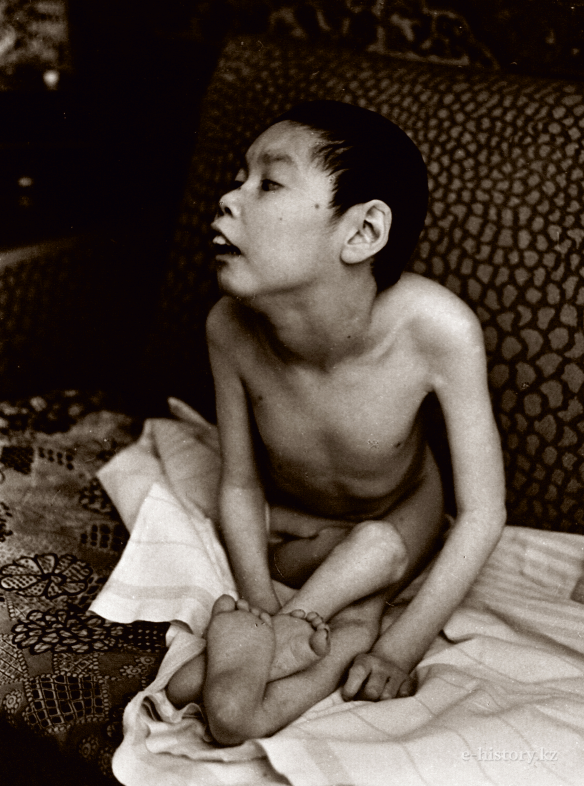

Victims of nuclear acts and different tests.
The nuclear test site which brought so much suffering to our country was closed in autumn of 1991 by the initiative of the Head of the State N.A. Nazarbayev. Thus, this test site where 459 explosions were made became silent forever. N.A. Nazarbayev as a part of his effort to guarantee the peace to the native land and the whole mankind held very complicated and long negotiations with the leaders of the USA, Russia and France, and in 1994 at last he agreed to liquidate nuclear weapon from the territory of Kazakhstan. The nuclear powers (the USA, Great Britain, Russia, China and France) made a commitment not to use force against Kazakhstan, against its independence and territory as well as assured that they would not exert economic pressure on Kazakhstan. In 1955 nuclear weapon was taken out.

Closing of the nuclear test site. Forever.
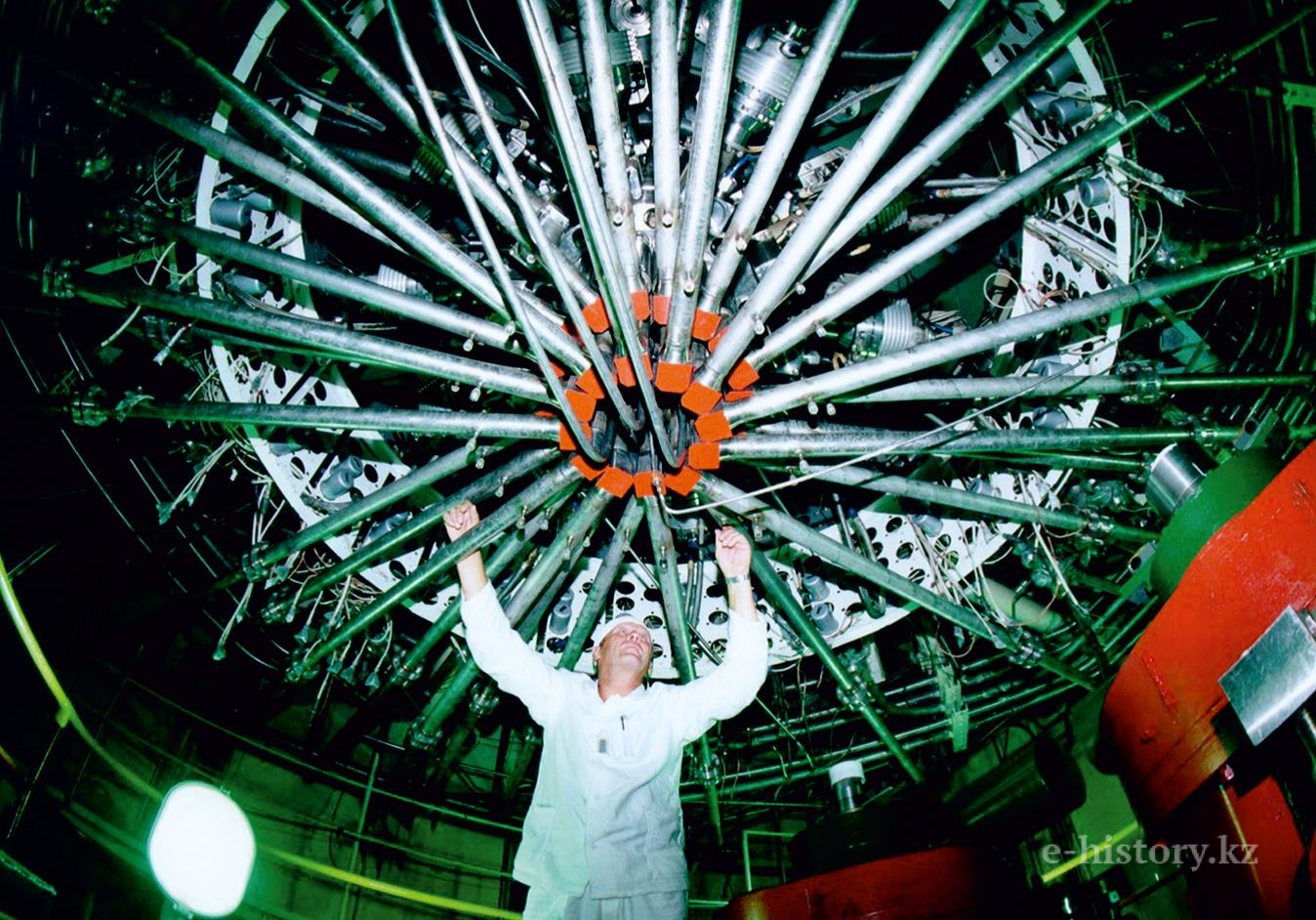
In May 1992 the National Nuclear Center was established on the basis of the test site in Kurchatov city. This Center works in the following areas: research and experimental-constitutive work on the support to the program of atomic power development in the Republic of Kazakhstan, technical-economic reasoning of the construction of atomic power stations in certain regions, security of atomic and thermonuclear power, cosmic nuclear energetic installations, radiation physics of solid and reactive material.
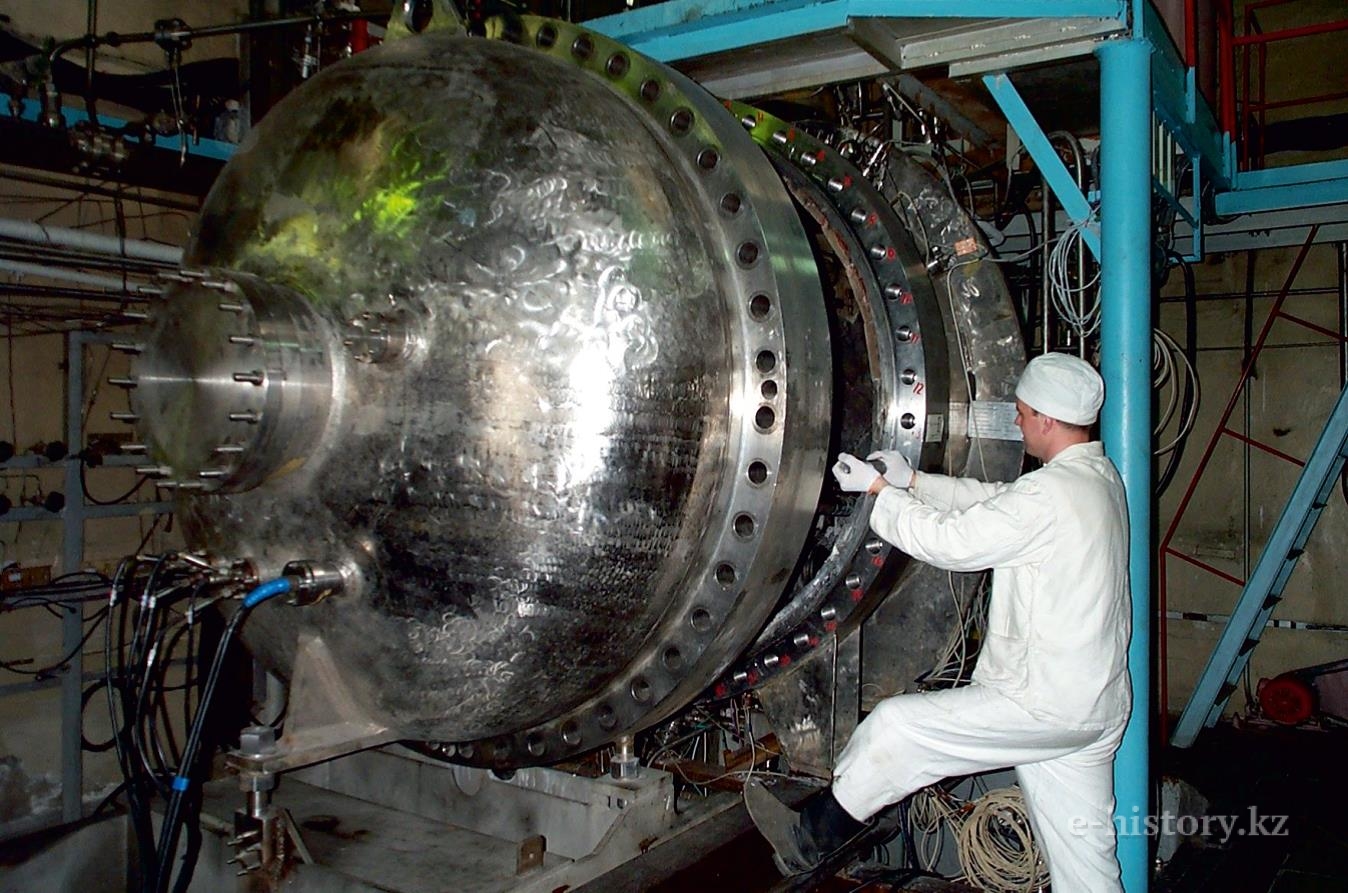
Olzhas Berkinbayev
The article was prepared with support from the Press Office of the MFA of the Republic of Kazakhstan and historical museum of the Semipalatinsk region.




